- Prescription of targeted allergen elimination diet as the treatment for known or strongly suspected food allergy
- Consultation with a nutritionist for growing children in whom elimination diets might affect growth; and patients with multiple food allergies, poor growth parameters, or both
- Emphasis on awareness of anaphylaxis and swift intervention
Latest Updates
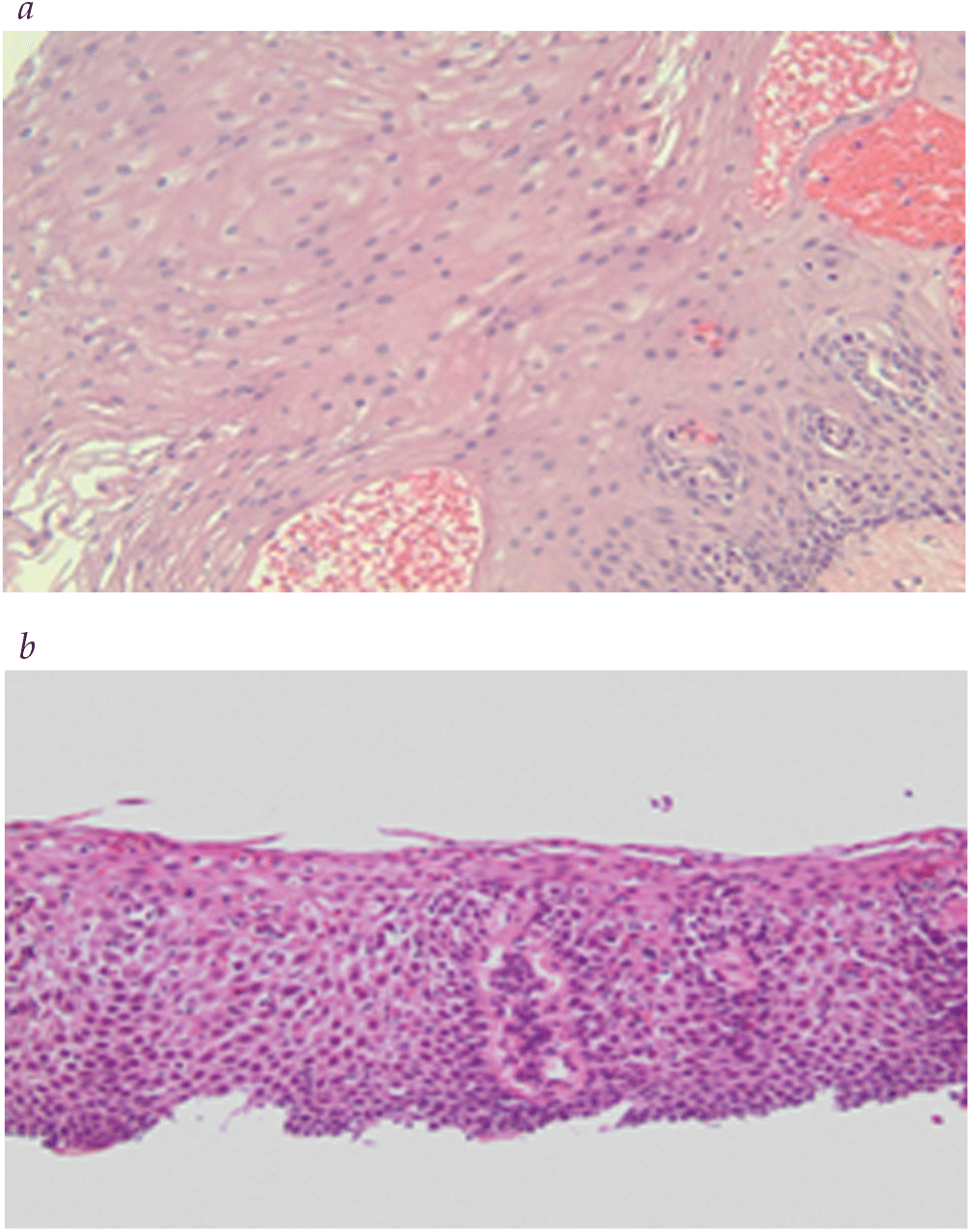
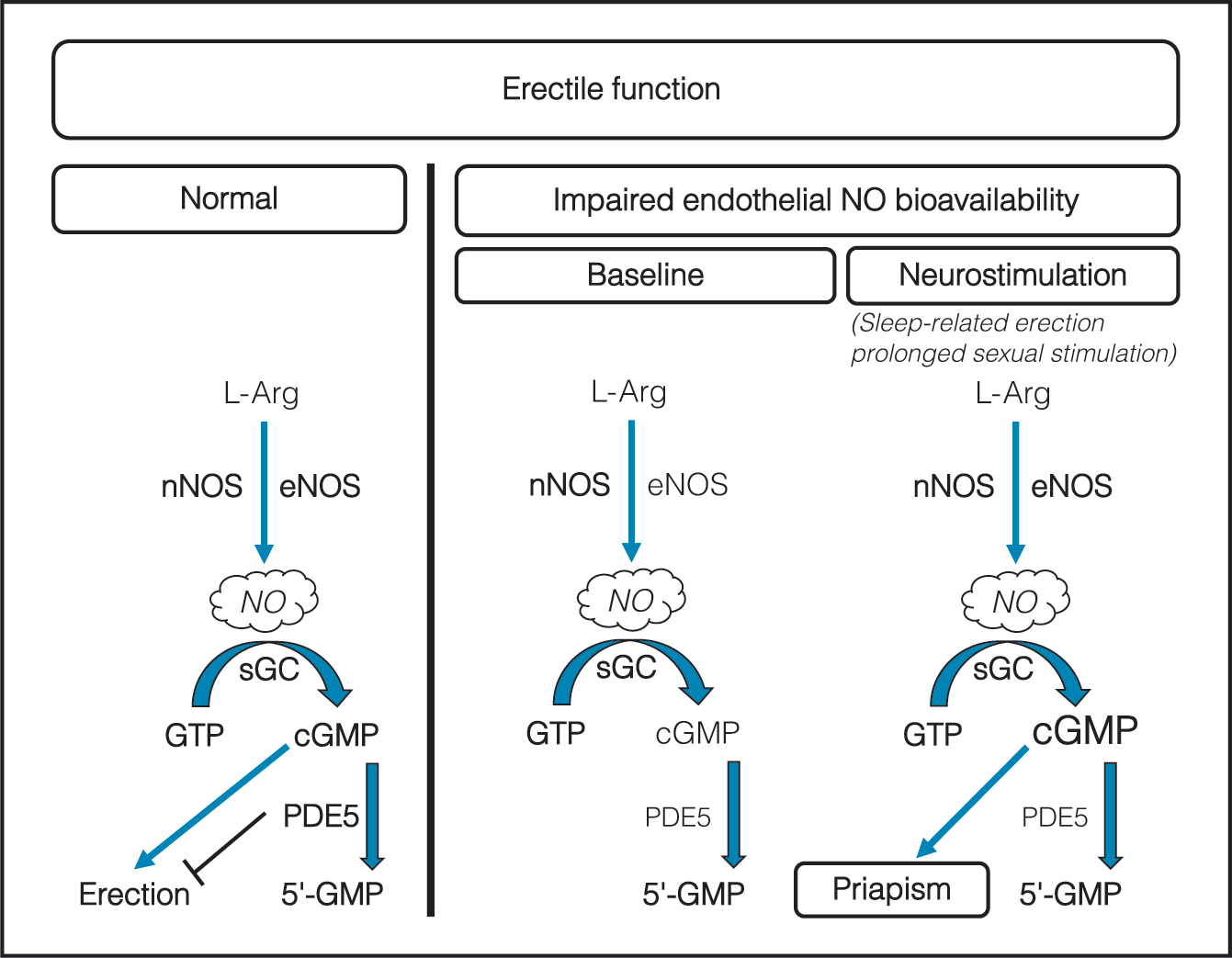
- Decreased nitric oxide bioavailability has been revealed to be a key element in the underlying pathophysiologic molecular mechanism of sickle cell–associated recurrent ischemic priapism.
- Viable and practical strategies for prevention of recurrent ischemic priapism involve the use of mechanism-based therapies such as phosphodiesterase type 5 (PDE5) inhibitors.
- Periprocedural anticoagulation during percutaneous or open surgical shunts may decrease the abrupt reoccurrence of an ischemic priapism episode.
- Retrograde transcavernous cannulation techniques have recently been developed as adjunct maneuvers during percutaneous and open distal shunting procedures for ischemic priapism.
- Early penile prosthesis implantation may offer a method of decreasing complications and maintaining penile length in the setting of postpriapism erectile dysfunction.
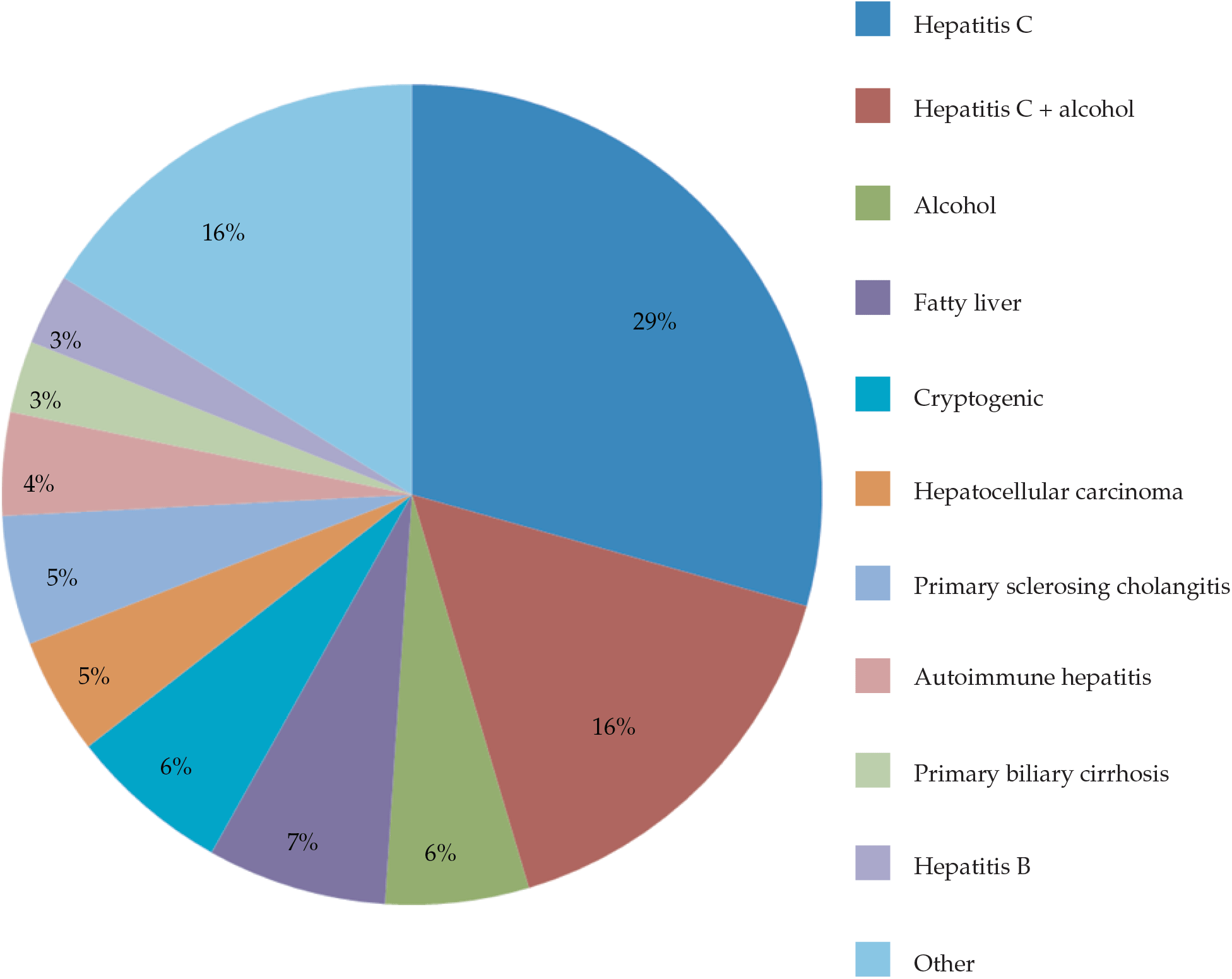
Evaluating the Patient with Liver Disease
- Latest AASLD practice guideline on management of adult patients with ascites due to cirrhosis
- Latest AASLD/IDSA recommendations for testing, managing, and treating adults infected with hepatitis C virus
- Latest AASLD/EASL practice guideline on hepatic encephalopathy in chronic liver disease
- Latest EASL clinical practice guideline on liver transplantation
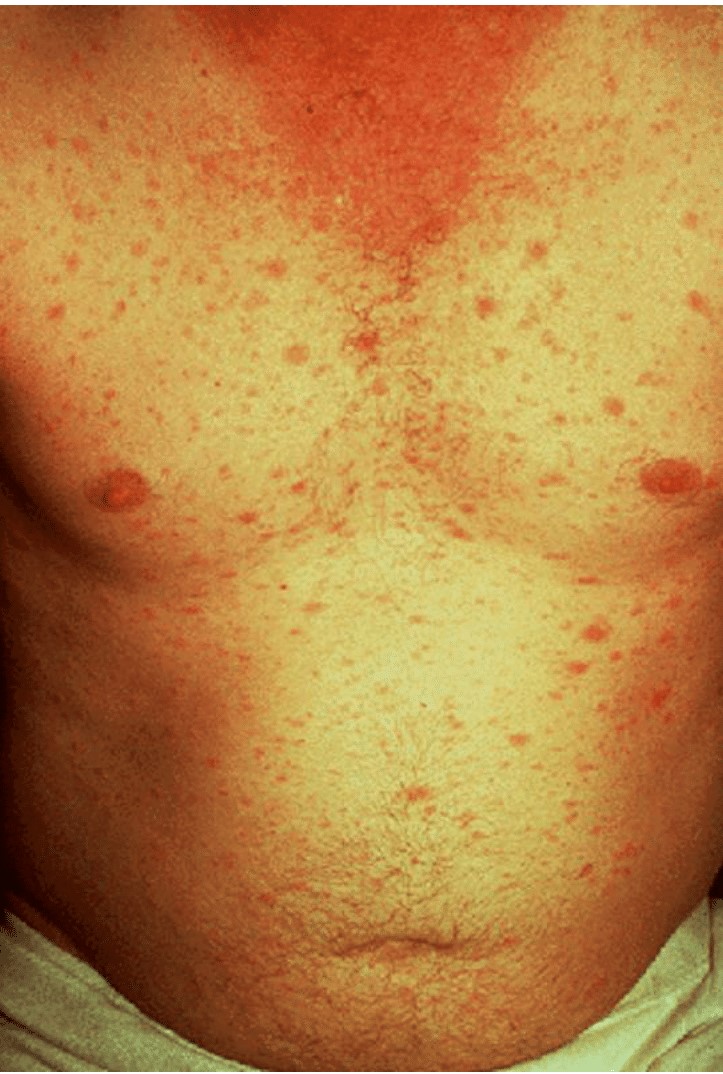
Infections Caused by Spirochetes: Syphilis, Lyme Disease, Leptospirosis
- The frequency of syphilis in the United States has increased and is coincident with the increasing frequency of human immunodeficiency virus infection.
- Most obstetric patients with syphilis have latent disease rather than clinically overt disease.
- Prompt treatment of maternal syphilis is highly effective in preventing congenital syphilis.
- Prompt treatment of Lyme disease is highly effective in preventing long term complications.
- Leptospirosis is usually a self-limited illness that can be treated successfully with oral amoxicillin or azithromycin.
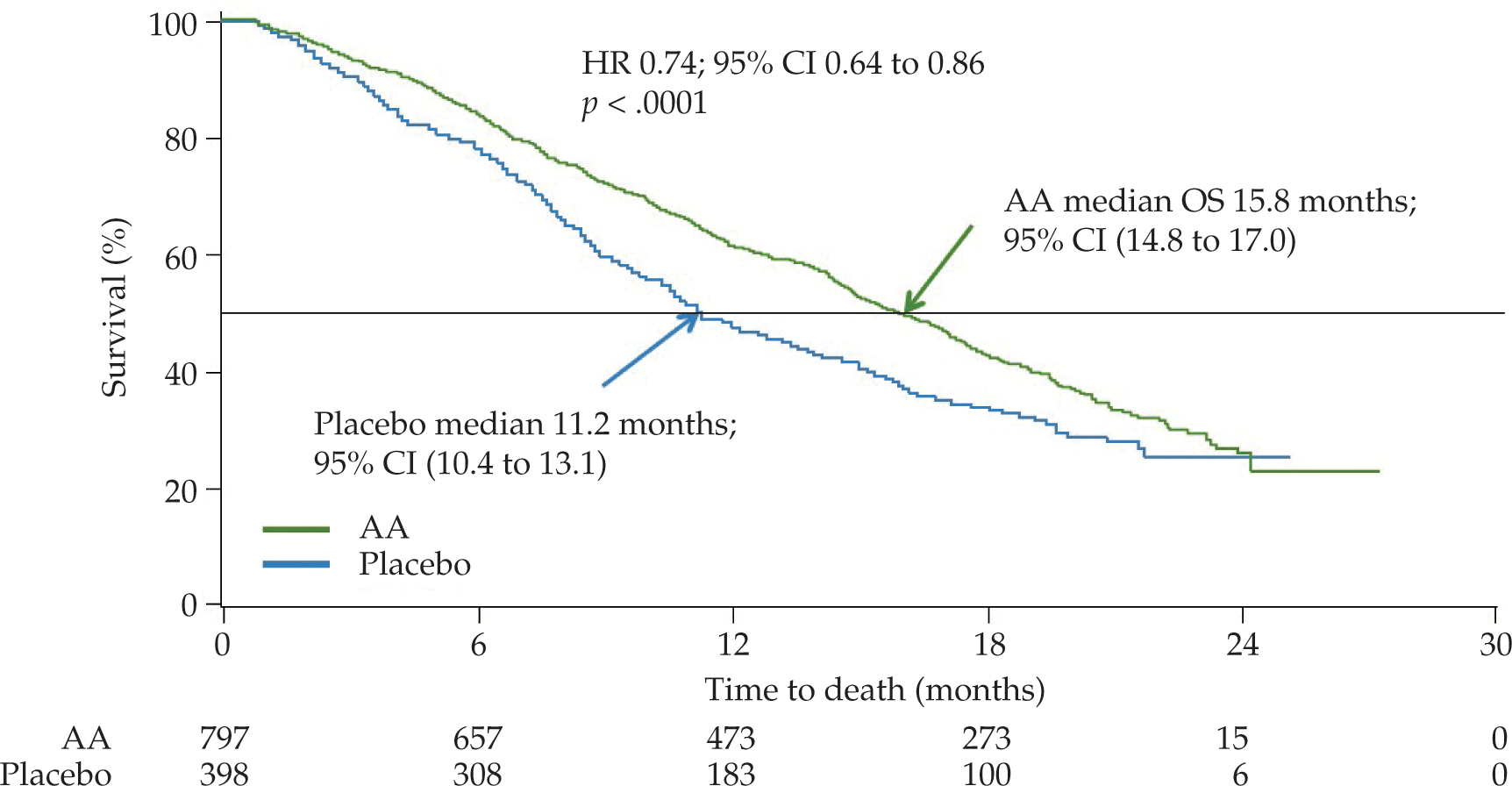
Management of Castration-resistant Prostate Cancer: Second-line Therapies
- Radium-223, an intravenous radiopharmaceutical, when compared with placebo, has demonstrated a significant survival benefit of 3.6 months in patients with CRPC metastatic to bone only. Furthermore, the median time to first symptomatic skeletal event was 15.6 versus 9.8 months.
- The androgen biosynthesis inhibitor abiraterone acetate demonstrated a significantly longer OS when compared with placebo (14.8 versus 10.9 months) in men with mCRPC who have previously received docetaxel. Furthermore, the use of abiraterone resulted in improved time to prostate-specific antigen (PSA) progression, progression-free survival, and PSA response rates.
- Enzalutamide is a potent androgen-receptor antagonist that was approved for the treatment of mCRPC in the postdocetaxel setting. Enzalutamide use resulted in a significantly improved OS compared with placebo (18.4 versus 13.6 months). There was also a significant improvement in time to PSA progression and time to first skeletal-related event.

Bacterial Infections in Pregnancy
- Gonorrhea should be treated with the combination of ceftriaxone and azithromycin.
- The drug of choice for treating chlamydia in pregnancy is a single oral dose of azithromycin, 1,000 mg.
- Most patients with chorioamnionitis require only a single dose of antibiotics postpartum.
- The two most common causes of persistent postpartum fever are resistant organism and wound infection.
- Pyelonephritis in pregnancy may cause preterm labor, sepsis, and acute respiratory distress syndrome.
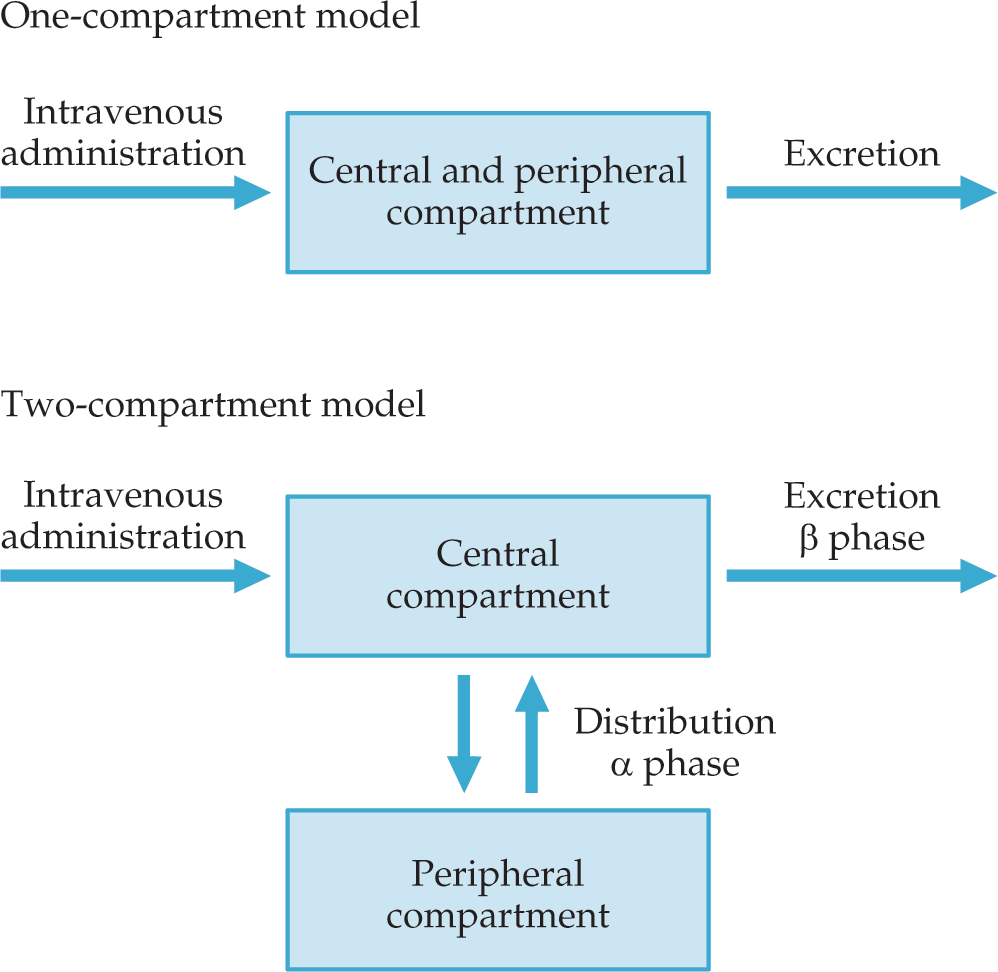
- The distribution of a medication ultimately affects the time to a drug’s onset of effect. Many drugs used in anesthesia have a delay between administration and the desired physiologic effect. The concept of biophase describes this process, where a drug must reach a certain concentration at the receptor site before its effect is seen.
- In anesthesia, a drug’s context-sensitive half-time is a more accurate representation of its duration of effect than the elimination half-life. The context-sensitive half-time is based on the duration of infusion and describes the amount of time required for a 50% decrease in the drug concentration at the effect site (most commonly its target receptor).
- Dose-response curves can be utilized to predict the dose or concentration of a drug required to produce a desired effect. They can also be used for undesirable effects, such as assessing the dose or concentration at which adverse effects or toxicities may become present. The dose-response relationships can furthermore be used to compare different drugs and assess differences in efficacy and potency.
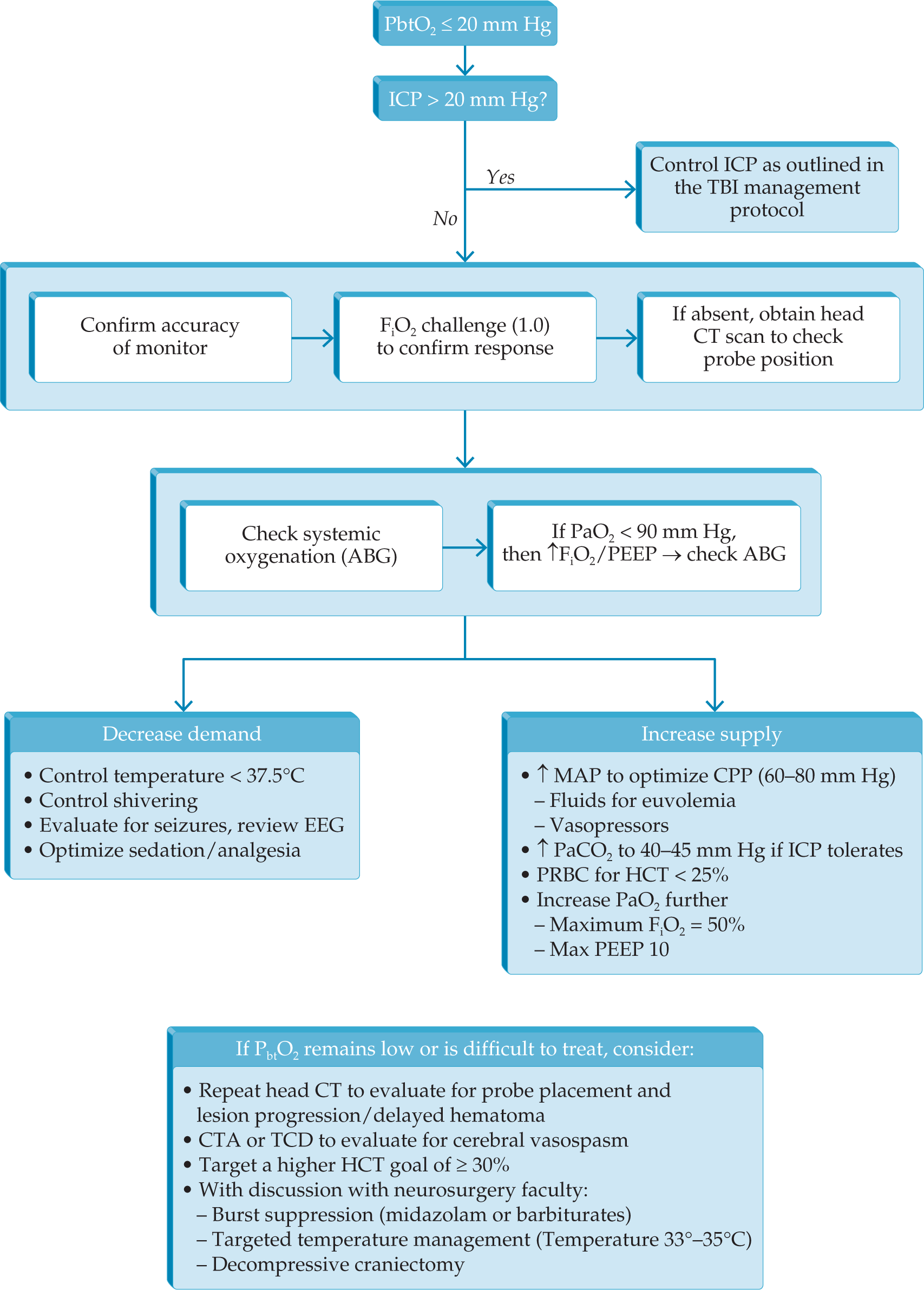
- A multidisciplinary, evidence-based, protocol-directed approach continues to be recommended for the treatment of severe traumatic brain injury.
- Treatment of severe traumatic brain injury is performed through a systematic, tiered approach, with escalation of therapy in the setting of refractory elevated intracranial pressure.
- Role of decompressive craniectomy for the control of refractory elevated intracranial pressure remains controversial and is not clearly associated with improved outcomes.
- Early use of hypothermia to control intracranial pressure is associated with higher rates of mortality.


.png)







